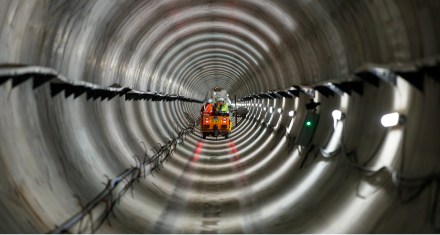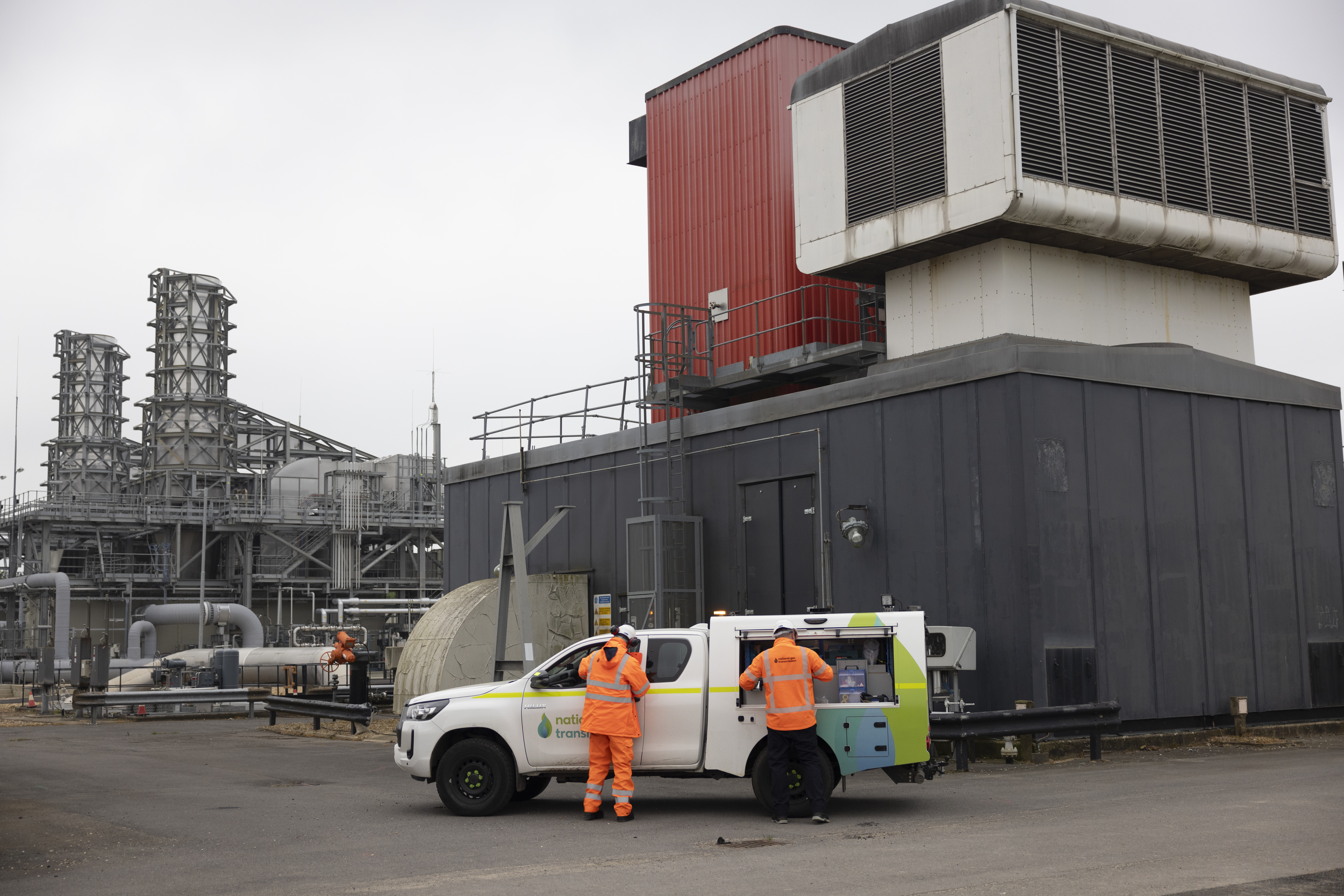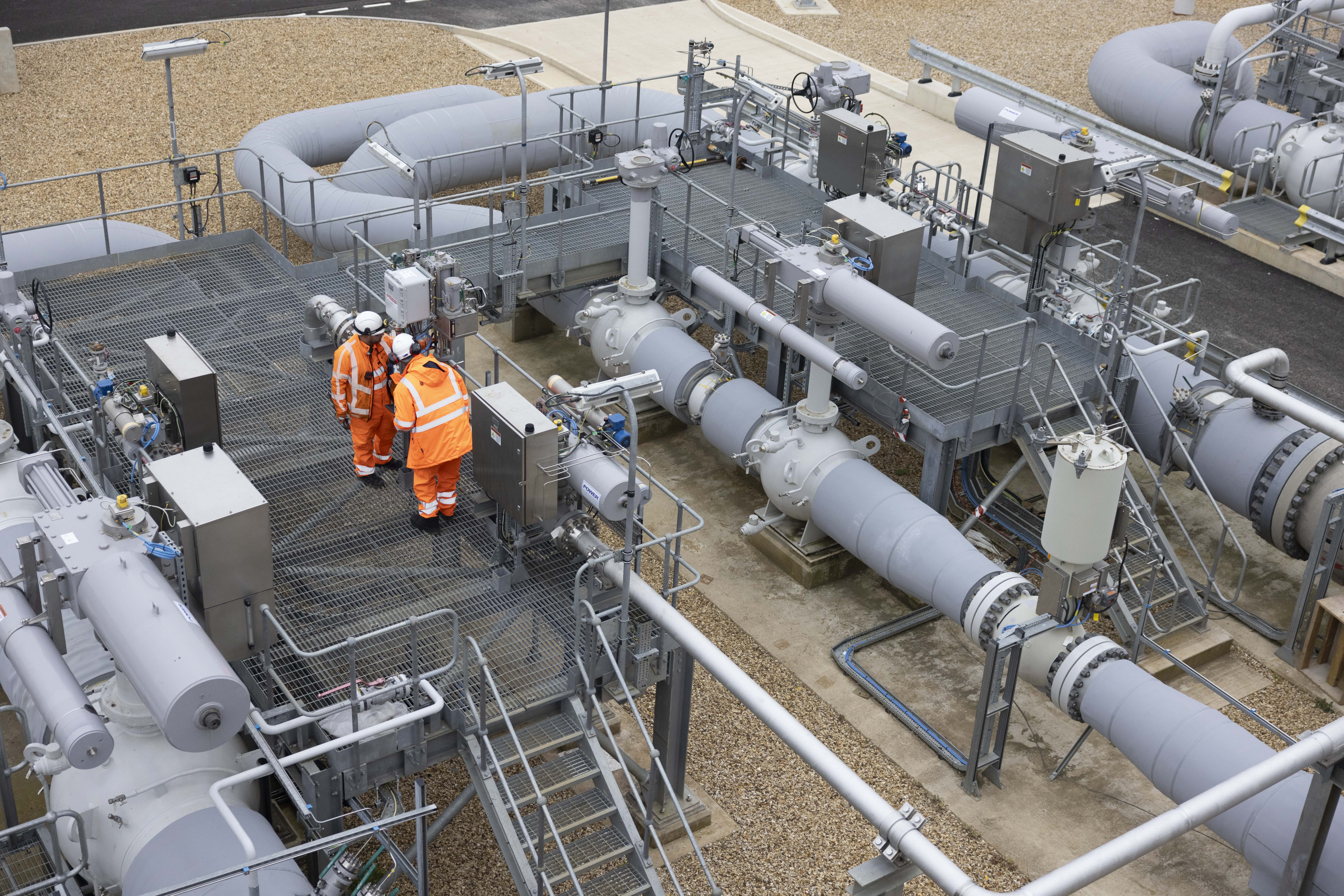About us
How we're regulated
National Gas is regulated by the energy regulator, Ofgem. The regulatory regime overseen by Ofgem applies to all aspects of our gas transmission business.
Our statutory powers and obligations
Our licence to participate in gas transmission activities is established under the Gas Act 1986, as amended (the Act). This requires us to develop, maintain and operate economic and efficient networks and to facilitate competition in the supply of gas in Britain. The licence also gives us statutory powers, including the right to bury our pipes under public highways and the ability to use compulsory powers to purchase land so that we can conduct our business.
As the owner of the national gas transmission network in Great Britain, we’re classed as a ‘natural monopoly’. The purpose of the regulatory regime is to simulate the effects of competition, so that we deliver outcomes that are in the interests of consumers. For example, Ofgem sets price controls that limit the amount we can earn from charges for the use of our network.
Price controls
Our National Gas Transmission business operates under one price control, covering our role as transmission owner (TO) and system operator (SO).
In addition to the price controls, there is also a tariff cap price control applied to certain elements of domestic metering and daily meter reading activities carried out by National Gas Metering.
Ofgem regulatory framework: RIIO
The Ofgem regulatory framework is known as RIIO (Revenue = Incentives + Innovation + Outputs). The RIIO framework sets the funding for National Gas Transmission during each five-year regulatory period. It determines our expected outputs, commitments and costs, and offers incentives for innovation and securing investment to develop sustainable energy networks at the lowest cost for customers.
The regulator reviews and assesses our business plan for each regulatory period, known as a ‘price control’ period.
As National Grid Gas Transmission, we completed the RIIO-T1 price control period, which began on 1 April 2013 and ran through to 31 March 2021. You can find out more on the Ofgem website.
As National Gas, we are now working in the RIIO-T2 price control period, which started on 1 April 2021 and will run through to 31 March 2026. You can learn more about the background to RIIO-T2 on the Ofgem website.
Find out all about our RIIO-T2 business plan commitments and how they were shaped by an extensive engagement exercise to understand the priorities and future requirements of our stakeholders.
The next price control period, RIIO-GT3 will run from April 2026 to March 2031. We submitted our business plan to Ofgem in December 2024.
RIIO incentives
To encourage us to provide additional benefits for consumers, Ofgem uses financial incentives – which can be either penalties or additional revenue (funded by our customers), depending on whether or not we meet Ofgem’s targets. Ofgem incentivises us to find more efficient ways to work. If we can find cheaper solutions, the benefit is shared between consumers and National Gas.
RIIO innovation funding
As part of the RIIO framework, there are two funding mechanisms that encourage innovation across the energy industry. These mechanisms aim to help make the energy networks smarter, accelerate the development of a low-carbon energy sector and deliver financial benefits to consumers. They are:
- The Network Innovation Allowance (NIA) – provides an annual allowance to fund smaller scale projects.
- The Network Innovation Competition (NIC) – an annual competition to secure funding for large-scale demonstration projects aimed at building a lower carbon future for the UK.
How we're regulated

RIIO-T2
The RIIO-T2 price control period runs from 2021-2026. Find out more about our RIIO-T2 business plan and how we’re performing.
Find out more
System Operator Incentives
As the System Operator (SO), National Gas is subject to regulatory incentives, which encourage us to maintain and improve our operational efficiency.
Find out more
RIIO-GT3
The RIIO-GT3 price control period will run from 2026 to 2031. Find out more about our RIIO-GT3 Business Plan, which we have submitted to Ofgem.
Find out more
